Art World
The Art World Makes a Star Appearance at the Cannes Film Festival
Rodin’s love life, a documentary on Hirst’s Venice folly, and a museum director in trouble are some of the highlights.
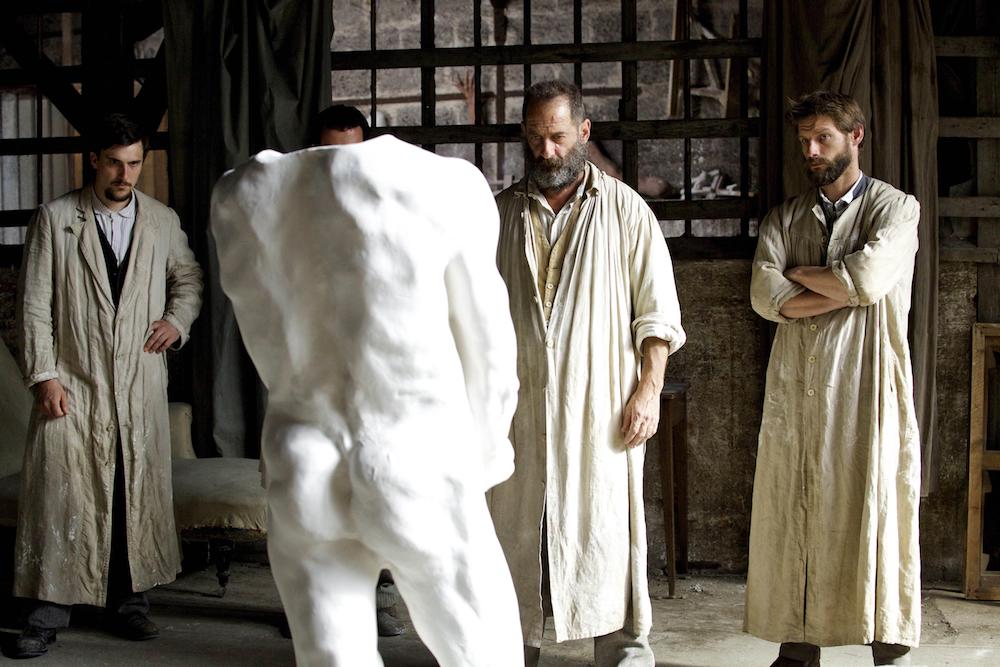
Rodin’s love life, a documentary on Hirst’s Venice folly, and a museum director in trouble are some of the highlights.

Sarah Hyde

The art world has had the camera turned on itself at the 70th edition of the Cannes Film Festival, which continues through Sunday. The famous festival includes several films and projects that delve into the lives of artists—as well as one that skewers a museum director and another that chronicles an art authenticator’s coming of age.
Two films competing in the central competition this year directly relate to art. The first one is the biopic Rodin by the French director Jacques Doillon. The second is The Square, directed by the Swedish rising star Ruben Östlund, whose film Force Majeure won the Jury Prize of the “Un Certain Regard” section in the 2014 edition of the festival.
The elegant, highbrow, and beautiful Rodin tells the story of the so-called father of modern sculpture, Auguste Rodin. This year marks the centenary of his death, and a number of exhibitions, including a major survey currently at the Grand Palais, are being staged to celebrating the occasion.
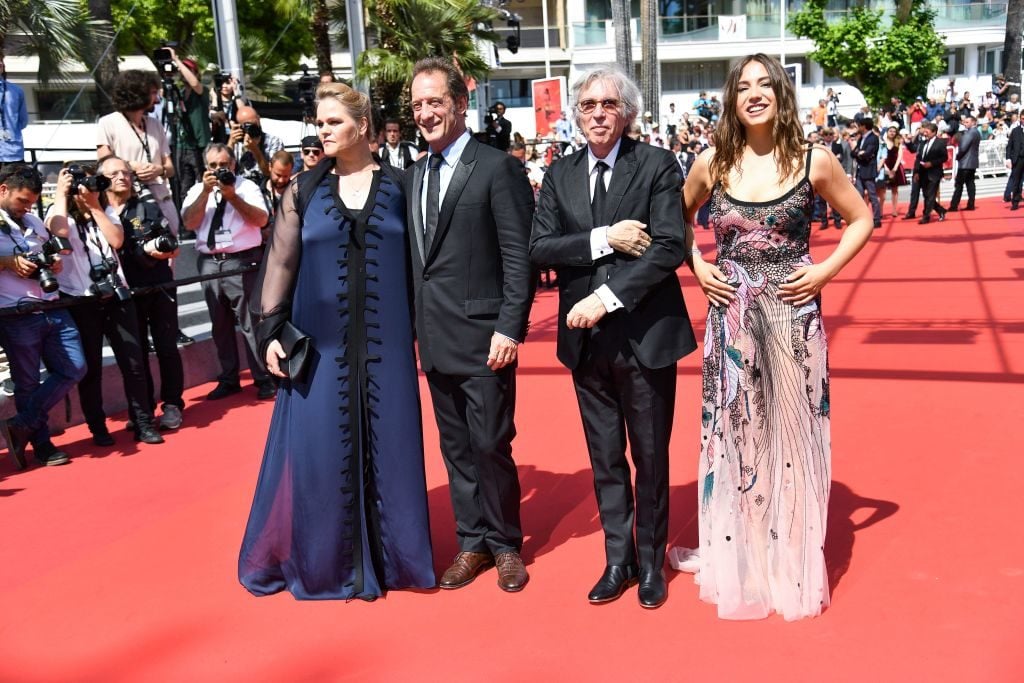
(From left to right, Severine Caneele, Vincent Lindon, Jacques Doillon, and Izia Higelin pose as they arrive on May 24, 2017 for the screening of the film Rodin at the 70th edition of the Cannes Film Festival in Cannes. Photo ALBERTO PIZZOLI/AFP/Getty Images.
The subject of Doillon’s film is the artist’s life with a focus on his personal relationships, featuring the greatest existential dilemma any Frenchman can face: wife or mistress?
The mistress in question is fellow sculptor and pupil Camille Claudel. Her tragic life story and overlooked oeuvre were picked up by the art press recently, when the Musée Camille Claudel opened in Nogent-sur-Seine.
Doillon’s Claudel—played by French actress and musician Izïa Higelin—is young, strong, and painfully aware of the power that her sexuality has upon her older lover. Vincent Lindon is intense and vibrant as Rodin, a man who seems to be only just contained within his skin.
The film offers a cautionary tale about falling in love with your teacher, especially if he is a great artist and involved with someone else. Eventually, exhausted in her attempt to force Rodin out of his relationship with his partner Rose (played by Séverine Canelle), Claudel is rusticated to a mental institution and conveniently disappears from the script.
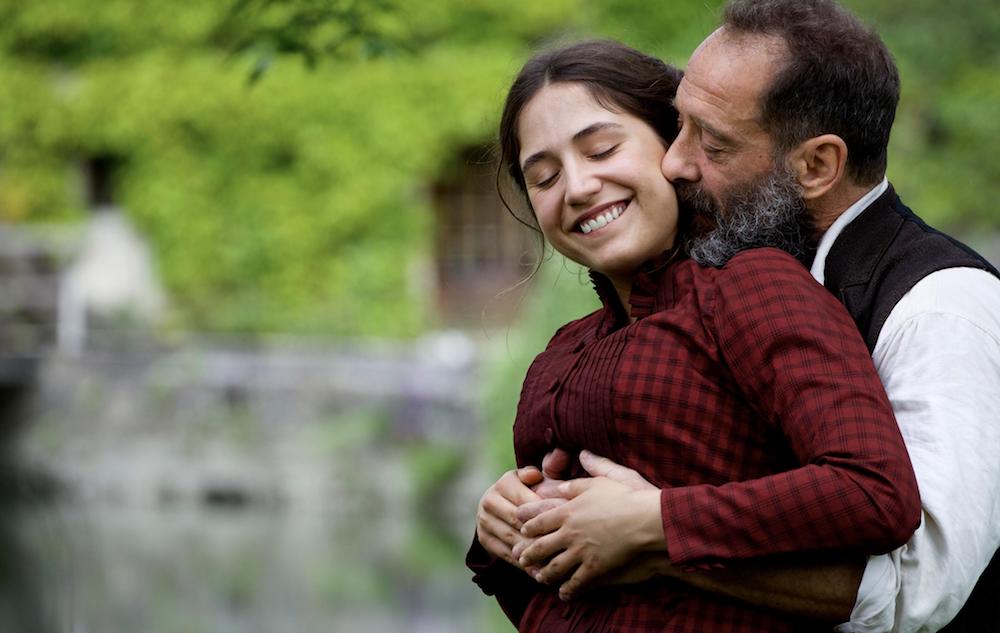
Izïa Higelin and Vincent Lindon in Jacques Doillon’s Rodin. Courtesy Cannes Film Festival.
Doillon’s expertise in the portrayal of human relationships is irrefutable: Rose is passive but in pain, but is she defeated or playing a slower game? Meanwhile, it feels incredibly uncomfortable when it becomes clear that, at times, Rose was actually complicit with Rodin in his affairs with other women.
When questioned about his portrayal of Rodin as archetypal French male, Doillon told artnet News that the artist was a highly sensual man and that, in his day, he was praised by progressive women for his acceptance of female sexuality, and that it was only modern feminists who had turned against him.
The other art world contender is Östlund’s The Square, which invites audiences into the complicated life of museum director Christian (played by Claes Bang). He is a popular, easy to like, and a devoted divorced father of two, whose success sits lightly on his confident shoulders.
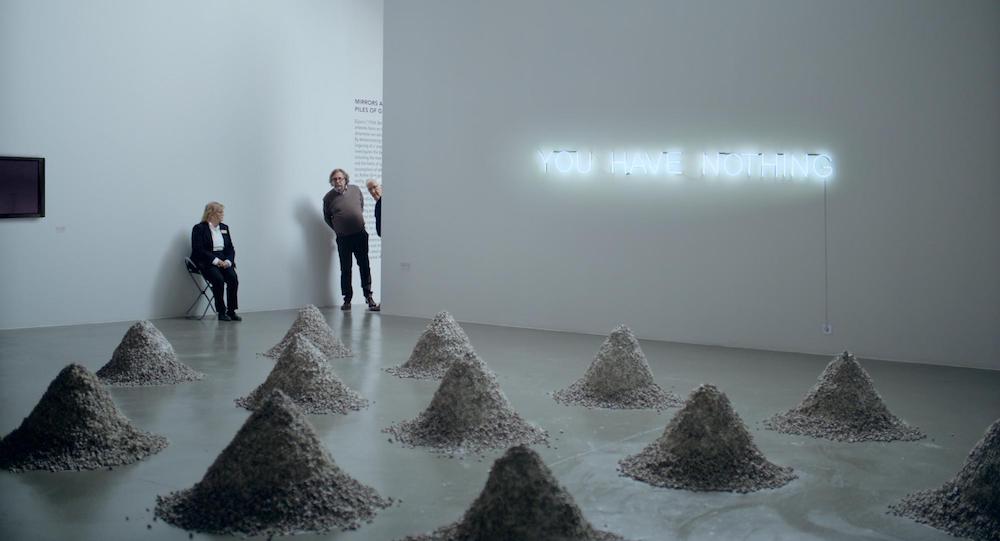
Still from Ruben Östlund’s The Square. Courtesy Cannes Film Festival.
There are some painfully funny moments in the film, especially when a museum cleaner inadvertently hoovers up the current art installation. Humor, however, takes a sickening twist at a gala dinner, when a performance piece goes horribly wrong, with the artist going too far and attacking patrons and benefactors. Guests, and viewers, are left wondering what happened.
The transition from ha-ha to dangerous is subtle, and terrifyingly real.
The central narrative concerns the morality tale about the hypocrisy of the museum director, who has chosen to show The Square at his latest exhibition. This is a conceptual artwork involving a physical square in the courtyard, which will be used to promote consciousness and tolerance. It becomes clear that this is not how Christian actually lives his life. Is he a hero or an anti-hero?
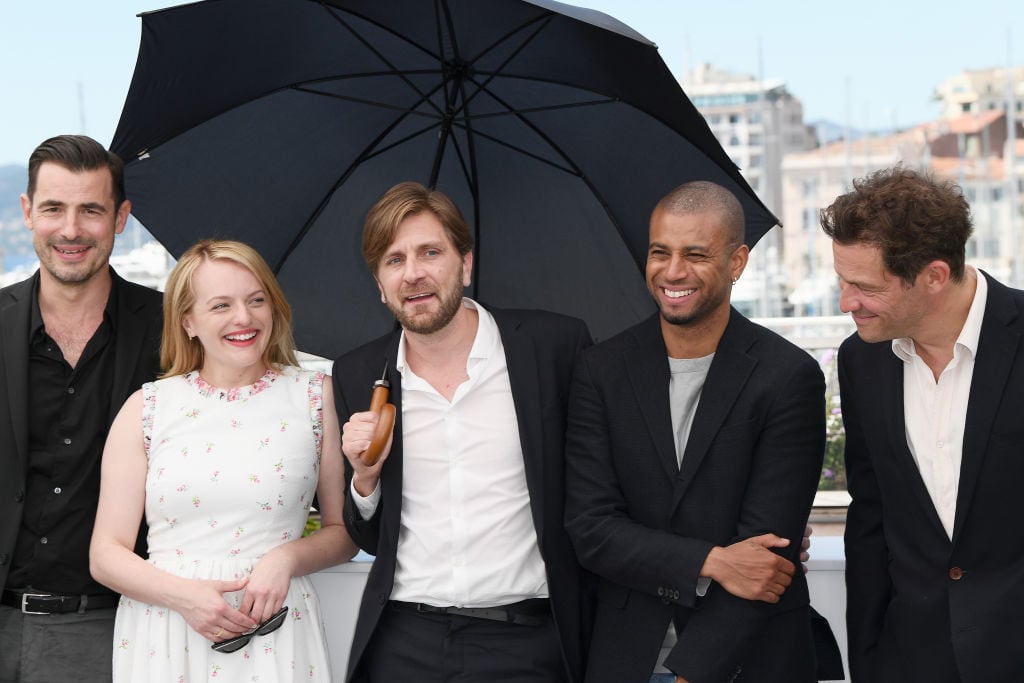
From left to right, Claes Bang, Elisabeth Moss, Ruben Ostlund, Christopher Laesso, and Dominic West attend the The Square photocall during the 70th annual Cannes Film Festival on May 20, 2017. Photo by Matthias Nareyek/Getty Images.
But beyond the glitter and flashes of the red carpet, there is further evidence of the art world at Cannes.
Le Marché du Film is where the real business happens. Thousands of films from all over the world, either in pre- or post-production, are for sale and looking for distributors here. It is tantalizing to trawl these booths, looking for up and coming releases, with a few on offer that relate to the art world.
Two films in particular sound promising: Postcards from London, a curious tale about a high class rent boy in Soho who, despite suffering from Stendhal Syndrome, ends up being an artist’s muse and art authenticator; and Damien Hirst’s Treasures from the Wreck of the Unbelievable. This documentary—parts of which can currently been seen at the Palazzo Grassi and Punta Della Dogana, as part of Hirst’s Venice extravaganza—is currently being sold by Park Circus.
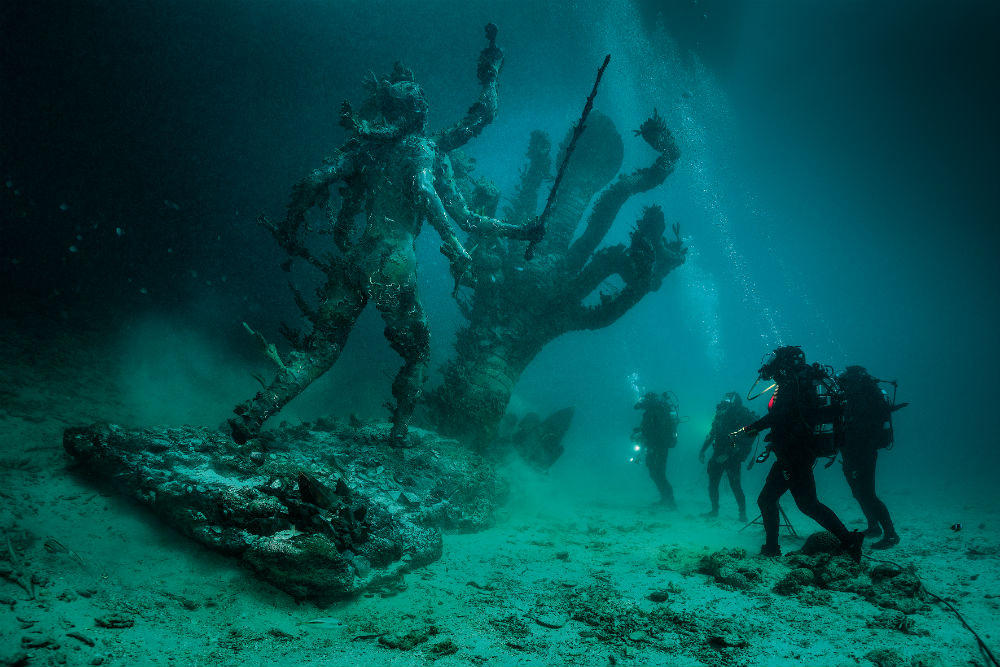
Damien Hirst, Hydra and Kali Discovered by Four Divers. Image: Photographed by Christoph Gerigk © Damien Hirst and Science Ltd. All rights reserved, DACS/SIAE
2017.
Even where you least expect it, the art world can pop up at you. I was amazed to see faces from the Christie’s team at a screening of The Promised Land, an excellent documentary by Eugene Jarecki chronicling a road trip across America in Elvis Presley’s silver ghost Rolls Royce.
Finally, there is also a very interesting piece at the forefront of technology: Carne y Arena, co-produced by the Prada Foundation and Legendary Films, which is the first VR work to be included at Cannes Film Festival. This piece, running almost for almost 8 minutes, has a hard-hitting message concerning the horrors of the Mexican borders. It will be shown later in the year at the Prada Foundation in Milan.